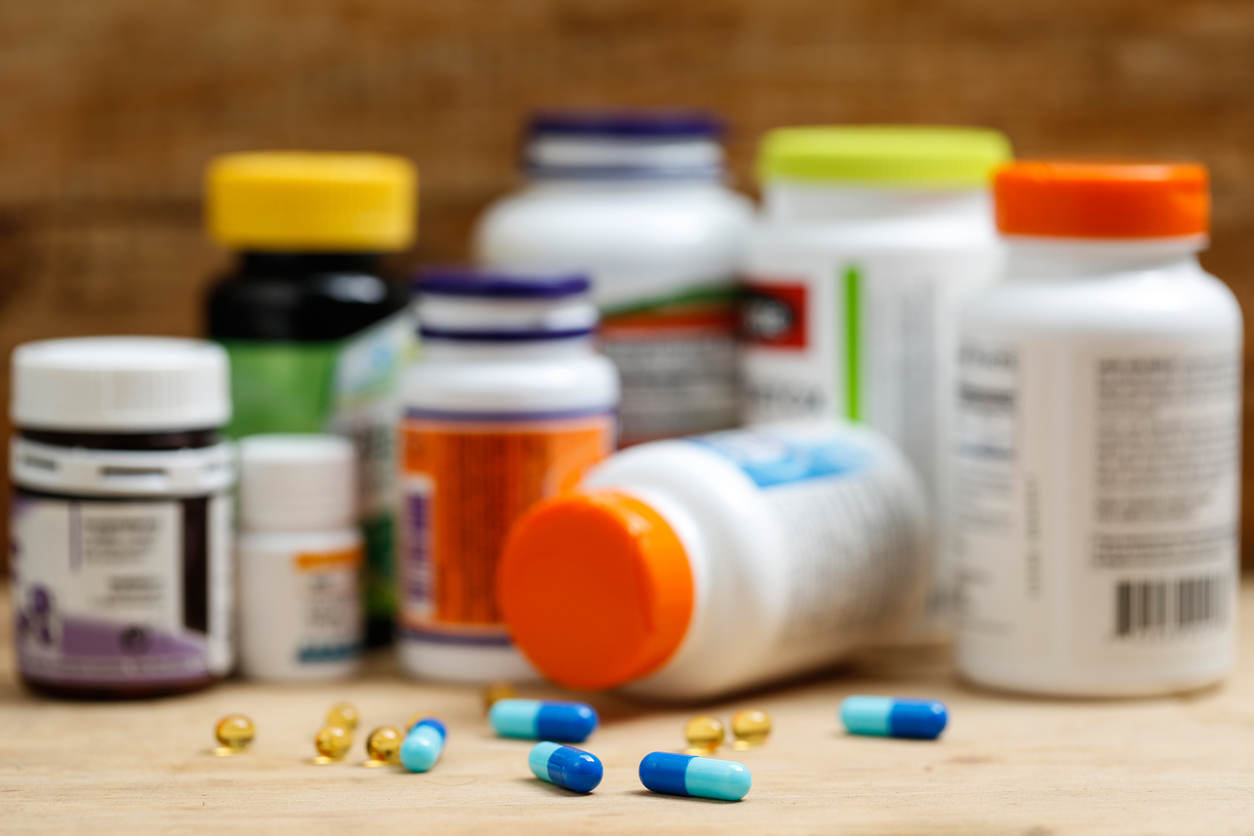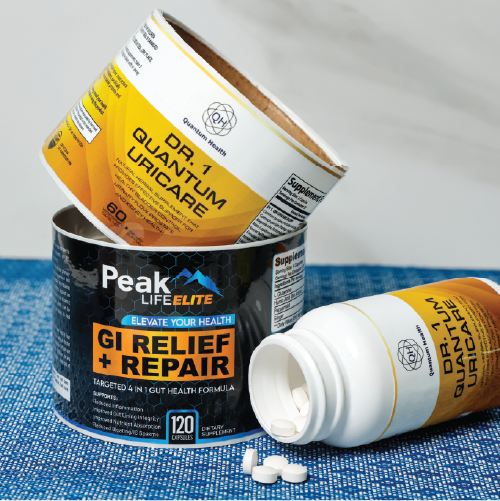The Complete Guide from Designing to Printing for Custom Nutraceutical Labels

- Understand Label Basics: Align the design of your nutraceutical labels with your brand identity and comply with regulatory requirements, considering label shape, dimensions, and packaging.
- Select Materials and Adhesives: Choose durable materials like BOPP or polyester that resist moisture and temperature changes, and use strong, safe adhesives suitable for frequent handling and diverse storage conditions.
- Design Compliance: Ensure your label design includes mandatory information as per FDA guidelines, such as product name, contents, nutrition details, ingredient list, and manufacturer details.
- Proof and Finalize Design: Extensively proof your label design for errors and compliance, test aesthetics on actual packaging, and experiment with sticker samples to finalize the design before bulk printing.
- Choose the Right Printer: Partner with printers experienced in nutraceutical labels to leverage advice on enhancing designs with techniques like metallic inks, embossing, or UV coatings, ensuring high-quality output that boosts shelf appeal and meets legal standards.
When launching a nutraceutical product, one of the most critical components is the label. It’s not just a sticker; it’s the first impression, a branding tool, and a compliance necessity. Whether you’re a startup or looking to expand your existing product line, understanding the journey from designing to printing custom nutraceutical labels is crucial to the success of your design vision. In this guide, we will explore this process in detail, offering insights on how to achieve the best results for your products.
Step 1: Understanding the Basics of Supplement Label Design
The design of your custom nutraceutical labels should align with both your brand identity and regulatory requirements. Start by considering the shape and dimensions of your labels. This will often be dictated by the packaging of your product—whether it be a bottle, a box, or a pouch. The label should fit perfectly, maximizing the space for text and graphics without being cluttered.
Step 2: Choosing the Right Materials and Adhesives
The durability of your labels is paramount, especially for products that may be exposed to moisture, oil, or varying temperatures. Labels for nutraceuticals must withstand these conditions without peeling, fading, or smudging. Material options include BOPP (biaxially oriented polypropylene), which is resistant to oil and water, or polyester for high durability. The adhesive also plays a critical role. It must be strong enough to stick to your containers, but safe for use on products that will be handled frequently and stored in various environments.
Step 3: Designing Your Label with Compliance in Mind
Nutraceutical labels are heavily regulated. In the United States, the Food and Drug Administration requires certain information to be included on dietary supplement labels, such as the product name, net quantity of contents, nutrition labeling, ingredient list, and the name and place of business of the manufacturer, packer, or distributor.

Step 4: Proofing and Finalizing the Design
Before moving to printing, ensure that your design is proofed extensively. This means checking for typographical errors, the information’s accuracy, compliance with regulations, and the overall aesthetic appeal. It’s also a good time to test the label on your product packaging to see how it fits and looks under different lighting conditions. Pro tip: Order sticker samples from Sticker Mountain to test the different embellishments and feels of the stickers before settling on which to print in bulk.
Step 5: Printing Your Custom Nutraceutical Labels
Choosing the right printer is as important as the design and material selection. Printers who specialize in custom nutraceutical labels will offer the best advice on printing techniques that can enhance your design—such as metallic inks, embossing, or UV coatings, all of which can add a touch of class and durability to your labels. When selecting a printer, consider their experience, reputation, and the quality of their work.
From designing your supplement label to choosing your preferred printer, if you follow these steps and work closely with a competent team, you can ensure that your nutraceutical products stand out on the shelves while meeting all necessary legal requirements. Remember, your label is not just a regulatory requirement; it’s a powerful marketing tool that communicates the quality and reliability of your product to consumers.
